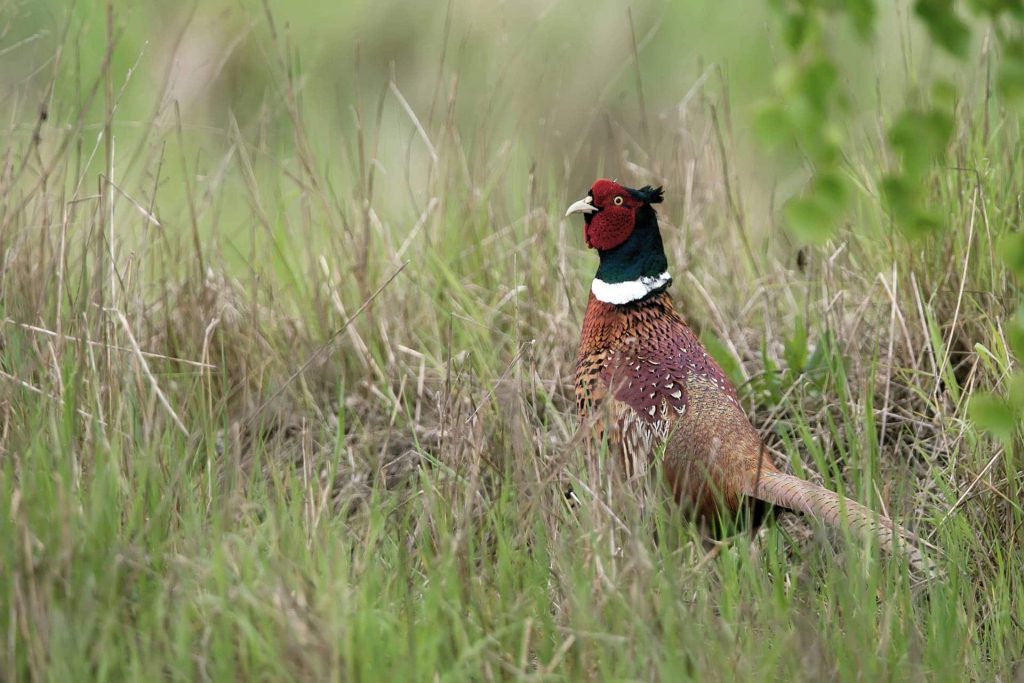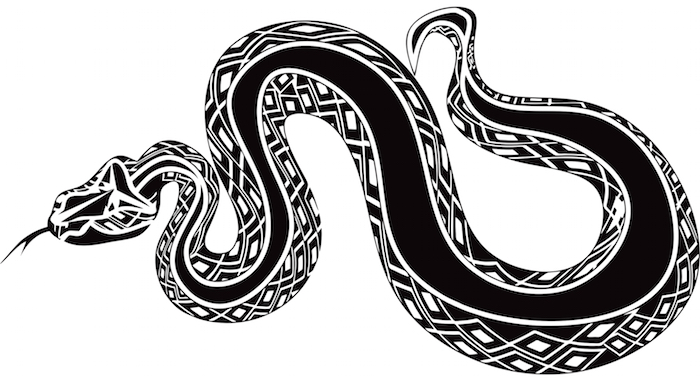Having only encountered the harmless garter snake growing up in Michigan, I held a fear and fascination for rattlesnakes when I left the insular peninsular for California at 20.
On my first trip into the High Sierra with, naturally, the Sierra Club, I vividly recall walking along a ridge with group of hikers when I caught my first sight of a rattler. A large specimen was fearlessly lying next to the path, motionless and soundless.
I jumped. Whereupon the young lady behind me blithely said, “It won’t bother us unless we threaten it. And it’s not rattling, so it’s not feeling threatened.”
I don’t know which made a stronger impression on me–the fat, five-foot rattlesnake, or the preternaturally calm young woman.
Fast-forward 30 years. I had moved to this quiet, sylvan and relatively undeveloped college town an hour and half north of Sacramento, at the northeast corner of the Great Central Valley.

From the apartment I could walk to what was then the edge of town, and a little beyond, where you could spot long-eared rabbits, , an occasional coyote, and yes, rattlesnakes in the high grass.
When a moment’s inattention could mean your life or a limb-threatening bite, you realize that mindfulness is not just a New Age mantra.
I liked to take meditations along the stream in that area for half the year. The most productive agricultural region in the world is rainless for six months of the year, and the creek becomes a stone bed by mid-July.
On this particular day, vestiges of spring had not yet given way to the heat of summer, and I sat down next to a rippling stream in the shade of a sycamore tree in the tall browning grass.
After about 15 minutes I heard something rustling through dried leaves five meters away. I stayed put as it grew nearer, but the moment I saw the rattlesnake my crossed legs became springs, and I shot straight up into the air.
After a minute contemplating the creature, I did something unreasonable, but I judged, not unreasonably dangerous. The beautifully variegated brown reptile didn’t coil and it didn’t rattle. So I sat back down.
The rattlesnake, another fat five-footer, stretched out an arm’s length away. I didn’t move, but more out of curiosity than fear. To be sure, primal fear arose, but I watched it with the same intensity that I watched the snake, and it gave way to pure awareness.
For 45 minutes I sat motionless next to that stock-still rattlesnake, just a five-minute walk from sidewalks and city streets. When I got up I felt like I’d been in the wilderness for a week.
That meditation changed me in ways I’m not sure of to this day, quite a few years later. That’s fitting, since I later learned that Native Americans often saw encounters with venomous snakes as signs of healing, rebirth and transformation.

A few months later, near the same spot, I encountered a father trailing his young son while proudly carrying a dead rattlesnake of the same size and girth.
“Did you have to kill it?” I asked more out of sorrow than anger.
“It could bite my son,” came the disingenuous reply.
I never saw another rattlesnake in that area. Or coyote. Or long eared rabbit.
Soon the pheasant were gone, and they named the field where a Best Buy now squats “Pheasant Run.” Last year I saw the last hovering falcon, the gracile kite, tuck its slender wings and gently dive to the ground.
One way or another however, through the extinction boomeranging on us that our supposedly sentient species is wreaking on our fellow creatures, or through a pandemic awakening the intelligence to
live in harmony with what is left of nature, the Earth will have the last say.
Martin LeFevre

